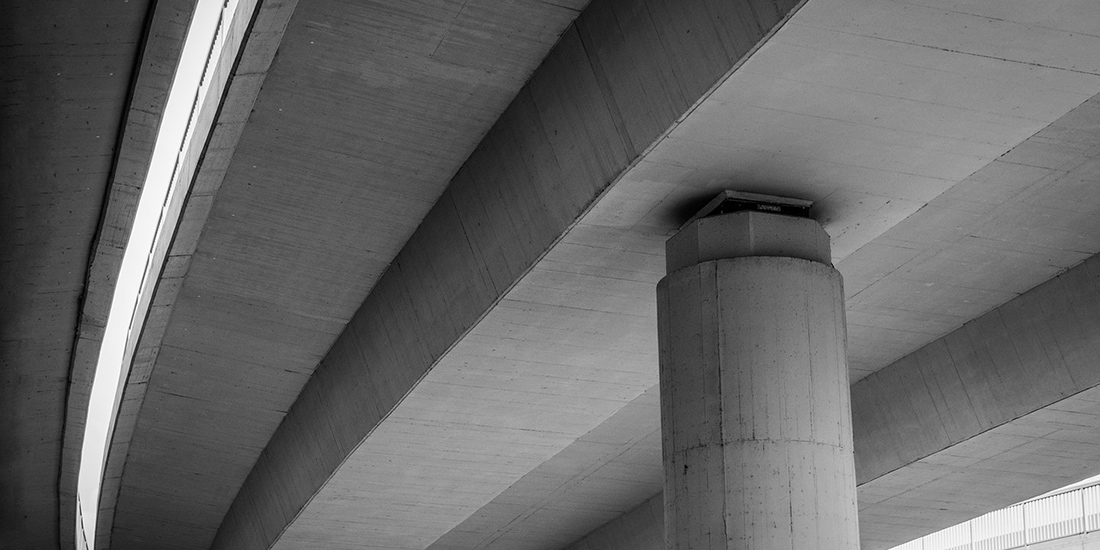
Concrete thinking
As the most widely used construction material in the world, concrete has a far-reaching environmental impact. It’s composed primarily of cement, whose manufacture accounts for nearly 7 percent of global greenhouse gas emissions. But civil and environmental engineers have been developing methods to make concrete more sustainable, without compromising its strength. In a recent study, lead author Sabbie Miller and professors Claudia Ostertag, Arpad Horvath and Paulo Monteiro found the link between structural design and the environmental impact of concrete. Replacing cement with fly ash is known to reduce the environmental impact of concrete, but this delays its early strength development. However, the study showed that by specifying a higher design age — or longer curing time to reach desired compressive strength — these alternative mixtures can approximate the strength of traditional concrete with far fewer greenhouse gas emissions. By incorporating these and other findings from the study, the CO2 emissions associated with concrete production in California could be reduced by 1.8 million metric tons per year.

